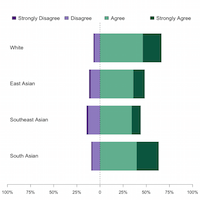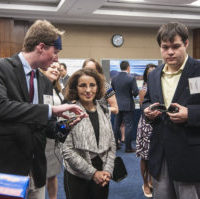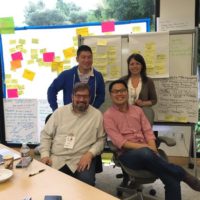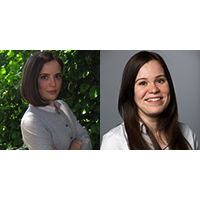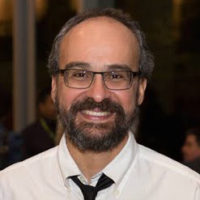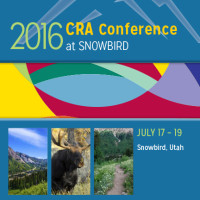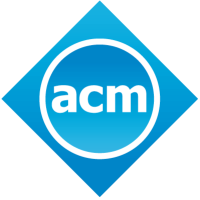
How to Recruit More Diverse Students: Challenges and Opportunities
In an era when the media talks about higher education in unique ways—such as focusing on the need for universities to display high post-graduation job placement rates and higher starting salaries to justify increasing tuition, and the need for college students to be well trained for the available opportunities in our national labor force—computing is perfectly positioned for recruiting prospective students. Indeed, for some groups and universities, growth in the area of computing has been strong and continues to grow (Zweben & Bizot, 2015). One fact sometimes cited by programs looking to encourage prospective students to matriculate in their major is to say that workers in STEM disciplines command higher wages, earning 26% more than their non-STEM peers. Another message focuses on the fact that workers with STEM degrees earn more even when they do not work in a STEM occupation (Langdon, McKittrick, Beede, Khan, & Doms, 2010). Despite the fact that these messages are well received by some individuals, for others, these messages are not sufficient to recruit them into a computing program.


